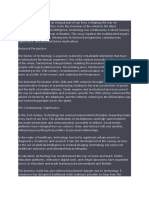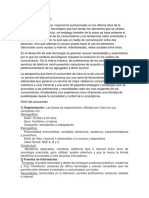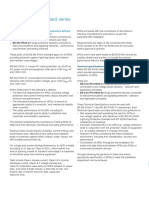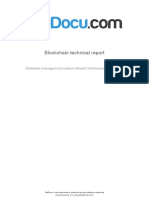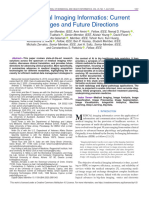0% found this document useful (0 votes)
2 views12 pagesGPT 3
The document explores the intricate relationship between technology and society, detailing how technological advancements have historically shaped human life and vice versa. It discusses the evolution of technology from ancient innovations to the digital and industrial revolutions, highlighting both positive and negative impacts on communication, work, education, health, culture, and the environment. Ethical considerations and future implications of technology, including its role in governance, politics, and potential societal changes, are also examined.
Uploaded by
aarushajay1807Copyright
© © All Rights Reserved
We take content rights seriously. If you suspect this is your content, claim it here.
Available Formats
Download as PDF, TXT or read online on Scribd
0% found this document useful (0 votes)
2 views12 pagesGPT 3
The document explores the intricate relationship between technology and society, detailing how technological advancements have historically shaped human life and vice versa. It discusses the evolution of technology from ancient innovations to the digital and industrial revolutions, highlighting both positive and negative impacts on communication, work, education, health, culture, and the environment. Ethical considerations and future implications of technology, including its role in governance, politics, and potential societal changes, are also examined.
Uploaded by
aarushajay1807Copyright
© © All Rights Reserved
We take content rights seriously. If you suspect this is your content, claim it here.
Available Formats
Download as PDF, TXT or read online on Scribd
/ 12












































